What’s the secret for a successful design item?
There are no secrets, it takes an accurate need-oriented analysis, much creativity and the ability to draw together. The important thing is to understand the needs related to the use/function of a product, to respect the form/function-logic, to give the item a great creative appearance, and so on… but the crucial part is to balance all of these elements.
Let’s take a bench for example. Its function is to make you seat and relax after a walk. I could just design a basic bench, or maybe I could enhance its functions. To that end I have to pay attention not to alter it too much in order to still focus on its primary function. Therefore, I won’t add a bike-rack to its back but I will try to make a rack out of its own framework. To make the bench visible at any time, I won’t put a street lamp above it; instead, I will enhance the framework by using LED lights.
Giuliano Ricciardi: the importance of substance
Interview with d-Lab studio’s founder
How important is the handcrafted side in the design field?
To me it is really important as I started my career by working in a carpenter’s shop for 5 years at the end of high school. I owe a lot to that experience as I got the chance to handle the raw material and see raw wood turning into an actual piece of furniture, to realize that a designer must take the product manufacturers into account, to understand the importance of material based on their function. Each time I experiment a new material I always look at people who work with it, to understand its specifics such as cost, processing techniques and so on.
On the other hand, how important is technology?
Design has always been implemented by technology, which made industrial design arise. Discovering and studying new materials, as well as the evolution of old technologies and the creation of new ones, are key factors. New technologies are aimed at easing out work instead of replacing it, as human experience is always crucial in the process.
How would you define d-Lab’s philosophy?
I founded d-Lab in 2009 after graduating: the aim was to develop product concepts, but before that I had to get into other fields such as 3d modeling, interior design projects, communication, photography and so on.
In 2013 I ranked 2nd in the online contest “Tra le briccole di Venezia” by Riva 1920: architect Claudia Pignatale noticed me and hosted my Chiglia Table within her installation on the occasion of the 2013 Design Week, together with other important designers such as Sam Baron, Nigel Coates, Zaven. Later on, thanks to its appearance on AD magazine (issue number 387), the Chiglia Table got the chance to reach a wider public.
Each experience enriched my expertise, making me capable of managing the entire development of a product from concept to prototype. This is a long process though, therefore I found myself in need of collaborators. Today I work with a university colleague, Gianpiero Donno. I deal with product design, he deals with communication: our jobs are complementary, but also make us comparing our ideas in a fruitful way.
We tend to develop ideas to be introduced to many firms that could be interested: this makes us quite free, but fortunately sometimes we also get contacted by clients who want us to work on their ideas. Both scenarios imply a direct interaction with the other part as we believe this is crucial in our field. That’s why we follow any stage of a process in person, from the artisans’ work to the business meetings. Let’s not forget that a designer should always be the link between the entrepreneur and the artisan.
Tell us about your future projects.
We have many ongoing collaborations that we hope to continue.
An important client commissioned us a custom edition of the Chiglia Table. After being featured on both On Diseño magazine (issue number 346) by Goccia and AD Italia magazine (issue number 401) by Ypsilon we received many inquiries we are responding to by getting a little production started.
After holding a 4-lesson design seminar in Taranto in collaboration with Cactus Hub - about the creative and production processes - several institutes and associations invited me to hold further on topic courses at their branches.
Which materials do you prefer? Why?
Wood, ceramic and also polymer.
Wood’s substance has an undeniable charm, with different hues and textures from type to type; you can use it in many ways, it’s warm, deep and if you have lots of experience and adequate tools you can really carve miracles out of it.Ceramic is different: I like its plasticity, the chance to create a final product (to be adorned or not) out of a shapeless mass. Clay solidifies only after being cooked, which means you can edit an ongoing manufacturing process at almost any stage. Polymers stand far from the handcrafted production as they are linked to the industrial one. Unlike the above-mentioned materials, plastic needs an accurate specific project to be molded into a product, which is interesting too.
Which designers do you admire the most?
Thomas Gerrit Rietveld, because he started in a carpenter’s shop just like me, and because of its relationship with substance that has been represented by neoplasticisms.
The great architect, designer, photographer (and much more) Carlo Mollino, because of his eclecticism. I like his dedication, typical of a very artistic, imaginative, restless mind. He was a genius who mixed together craftsmanship and new technologies in an exclusive design made of limited ranges and unique pieces.
Franco Albini, because he used to go back to his past projects to enhance them, with new technologies for instance. Careful about details, he does embody the motto “From the spoon to the city” (Ernesto Rogers - Carta di Atene - 1952) like no other architect/designer, because of his ability to smoothly work on architecture, industrial design and urban development.
If I say design, you say…?
Being open minded, thinking with no limits, risking by going beyond the standards even when it feels a little extreme, believing in your own ideas but also in confronting with other points of view. The crucial feedback always comes from the market, the final users. "If it already exists, you invented nothing; however none prevents you from making the difference by leaving your own mark”: this is a quote of mine, but of course this message is nothing new.
INFO: www.dlabstudio.it
PHOTO COURTESY: Giuliano Ricciardi
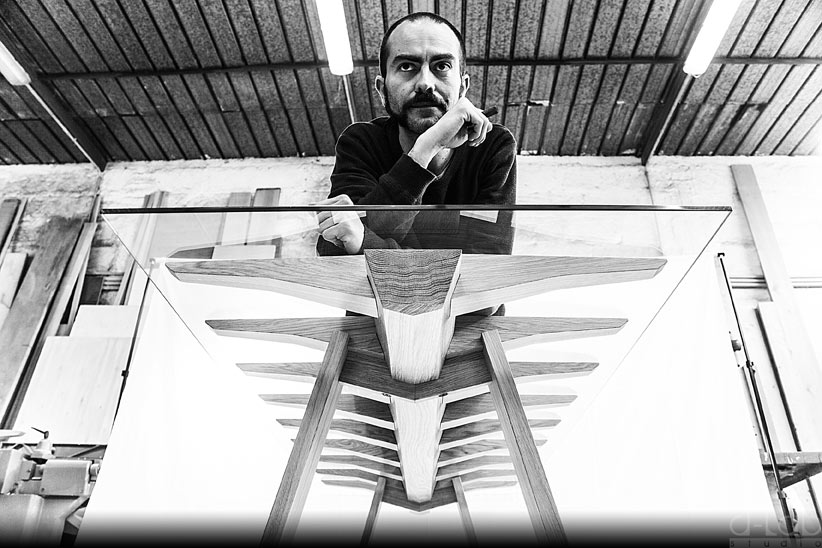

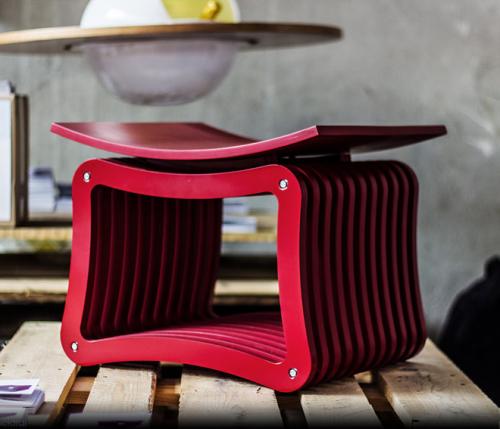
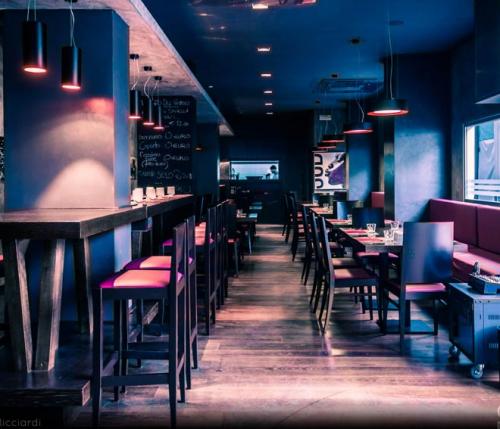
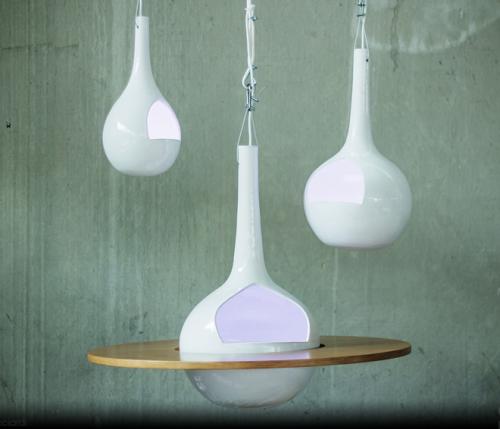
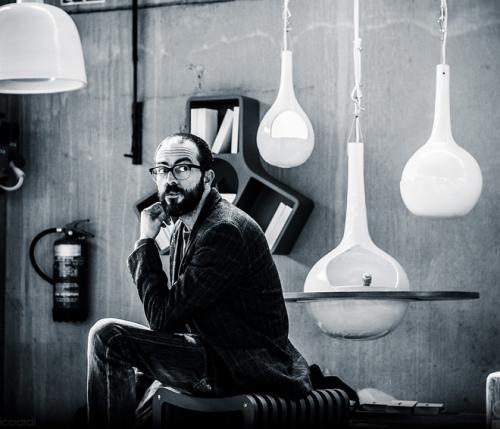
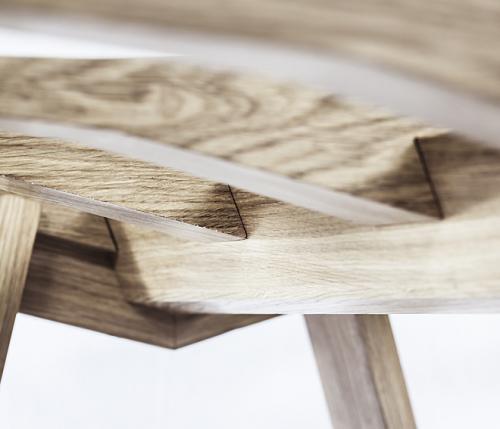
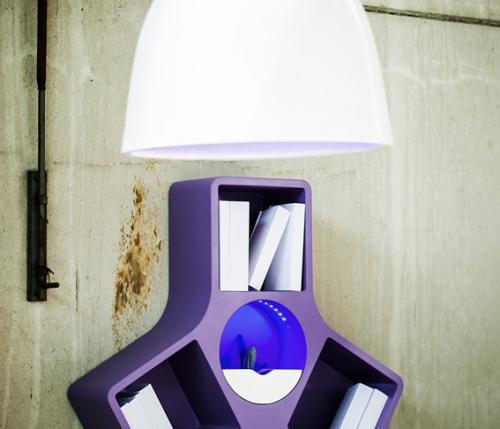
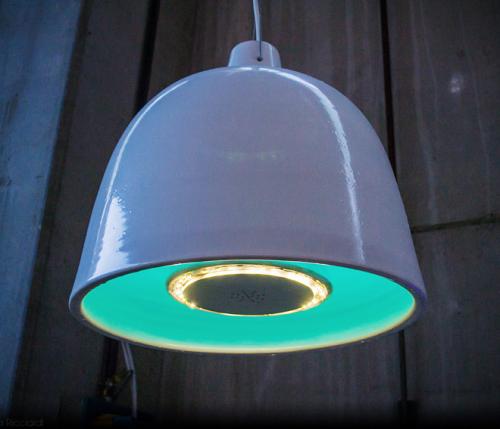
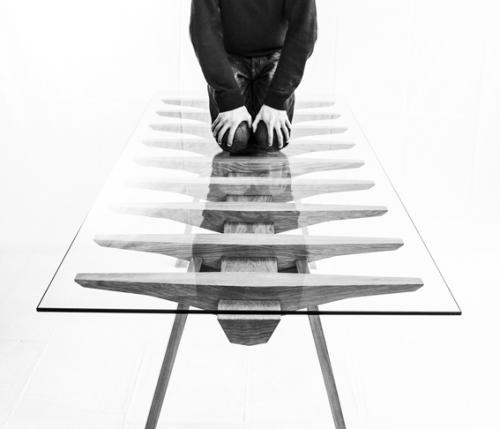
 Workspace Design Show: 2024 UK Edition
Workspace Design Show: 2024 UK Edition  Open-air elegance: Claudio Bellini x Higold, the symphony of outdoor design
Open-air elegance: Claudio Bellini x Higold, the symphony of outdoor design  A stylish oasis for outdoor spaces
A stylish oasis for outdoor spaces  How to capture your property's best features
How to capture your property's best features